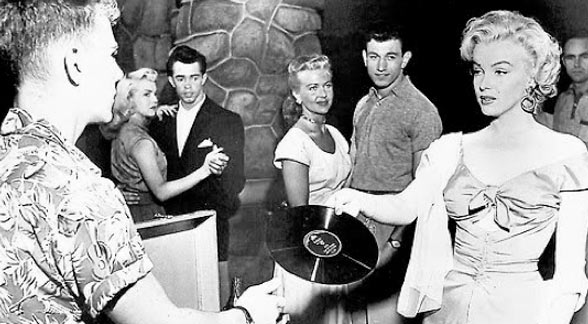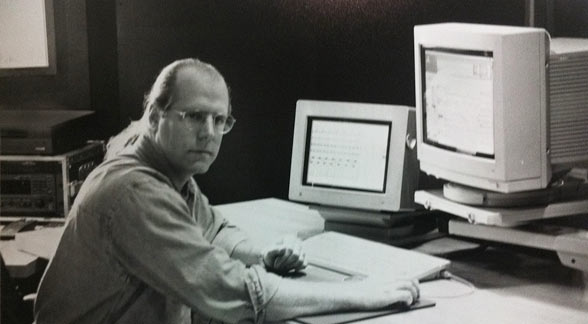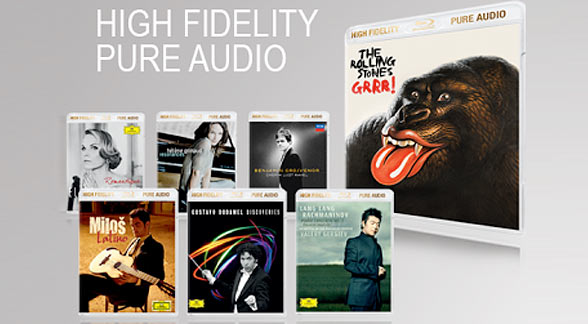Grab Bag: Part I
I’ve produced about 85 recordings since I started AIX Records back in 2000. The emergence of the DVD-Audio format as a viable new HD-Audio format seemed like an opportunity to move from my company being a service bureau for other artists into being the developer and owner of my own content. I had some different ideas about how to make recordings that I needed to try. I wanted to incorporate all of the things that I’d learned during the previous 25 plus years of making recordings for clients. I wanted to move from standard definition, analog technologies to the new high definition (or high-resolution as we initially referred to it…some still do) PCM digital world. And finally, I wanted to mix and deliver music in full surround using an array of 5.1 speakers or more.
I started AIX Records with my own money and resources because the business plan that I took to various investment types didn’t garner any interest…or money. “You’re going to start a new record label? Do you know how much the music business is suffering these day?” I got a bunch of comments from a bunch of smart people…some positive but most were discouraging. One, in particular, was very telling. I don’t remember who it was exactly, but the guy said, “Well, if this is such a great idea then why isn’t everyone doing it?” I couldn’t answer him because nobody was doing it and to this day no one else is doing it.
Figure 1 – This is me in the early days of the Pacific Coast Sound Works…a CD Mastering Studio and Multimedia Company
Even today, more than a decade later, the question is still valid. Why isn’t anyone else recording and releasing projects the way that AIX Records does? Did my experiments result in bad recordings? Do AIX Records projects measure up to the highest standards in the audiophile world? I believe they do and I get lots of positive feedback from professional reviewers and customers that keep me doing this…for over 13 years now! If no one cared about the projects that we’ve released, then perhaps I wouldn’t have pushed on. But it turns out that lots of customers and reviewers appreciate the sound of our recordings. Still the production methodology and the features that we have chosen to include on our discs do set us apart from other similar labels.
“I bought a Disc from you and am enjoying it along with the two sample discs you gave me. I will try to spread the word about your company as best I can and demo my system with your discs. I really enjoy the format and will be ordering more.” – Brent
There are others that are recording and releasing high-end music productions using all of the latest technologies. I have a great deal of respect and affinity for Morten Lynberg’s 2L label in Norway. He captures natural sounding recordings in rich acoustic spaces and puts them out on Blu-ray discs and makes them available for downloads. He records with DXD technology (another name for high sample rate PCM) and downconverts to DSD for downloading and SA-CD release.
And my old longtime friend Todd Garfinkle of MA Recordings (we went to CSU Northridge music school years ago) is still putting out CDs and HD-Audio data discs of musicians from all over the world. He records using only two microphones and uses the ambiance of the room to enrich the sound of his projects. His projects subscribe to a very different philosophy of recording but they sound great!
Last week in London there was a meeting of a new industry association aimed at making High Fidelity Pure Audio a new product format. I’ve already written about that effort AND the existing Pure Audio BD initiative the Stefan Boch at msm studios started some years ago (the whole Pure Audio name is going to be confusing between these camps!). They’re having an organizational meeting in Europe, too. They’ve both embraced Blu-ray as a format for better audio delivery…but neither one is using the format to its capacity. Their concept of a Blu-ray music disc is that it is just a higher capacity optical disc in the tradition of compact discs and DVDs.
Figure 2 – The promotional image from the High Fidelity Pure Audio industry group…Universal Music.
The High Fidelity Pure Audio camp is putting the same 2.0 channel master on their releases that have previously released on CD and/or DVD-Audio/SA-CD. One might ask why but they’re convinced that a bigger bit bucket and some aggressive marketing will entice audiophile to purchase the same old thing over again.
The Pure Audio group is promoting essentially the same concept but is promoting its use of the colored buttons on a Blu-ray remote control to navigate through different streams of audio. The multiple audio streams could be the same mixes in different encoding formats or actually different mixes. 2L, for example, is using them to offer surround or stereo mixes.
I’ll post Part II tomorrow.



